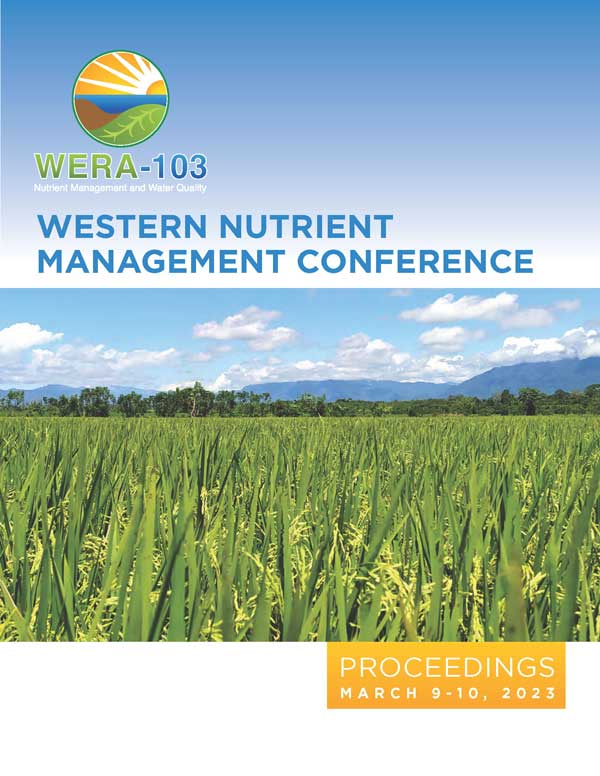Download the Conference Proceedings
Proceedings
Year
| Filter results2 paper(s) found. |
|---|
1. Adopting Quinoa in Eastern Idaho – An Investigation of Agronomic PracticesQuinoa production area has been increasing rapidly in eastern Idaho in recent years. However, best management practices for quinoa production are yet to be determined in this area. Field experiments were thus conducted at two locations (e.g., Aberdeen and Tetonia) in eastern Idaho from 2016 to 2018 to evaluated agronomic practices for quinoa production. More successful quinoa production was demonstrated in Tetonia, where air temperature is mostly below 30oC during the summer. In co... X. Liang, R. Yang |
2. New Hydroponic System for Testing Mineral Nutrient Deficiencies and its Application to QuinoaCorrelating plant tissue nutrient concentrations with visual symptoms is valuable in combating mineral nutrient deficiencies and toxicities. Major crops tend to have large amounts of information regarding nutrient concentrations and visual symptoms of deficiencies, but this information is often lacking for minor crops, including quinoa (Chenopodium quinoa L.) Because nutrient concentrations can be easily controlled, hydroponics effectively demonstrate isolated specific nutrient related s... D. Cole, R. Woolley, R. Buck, B. Hopkins |
